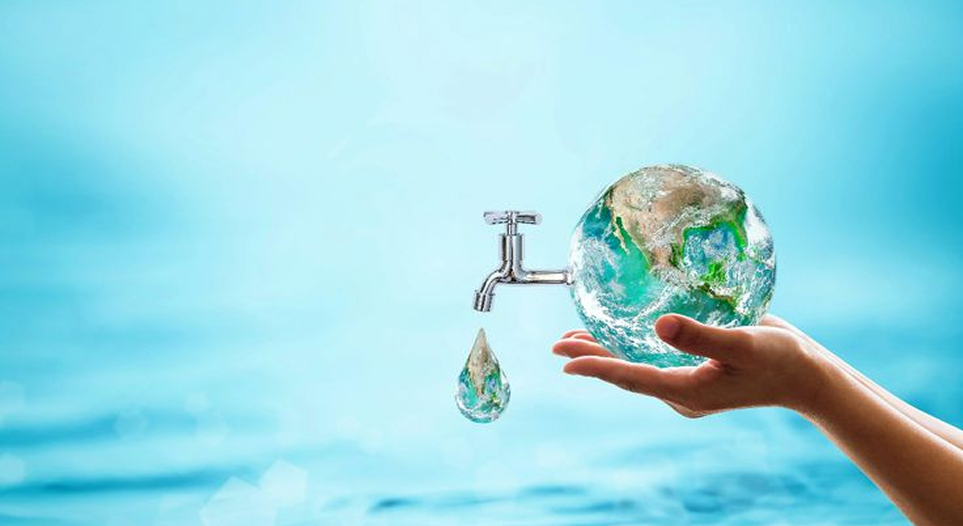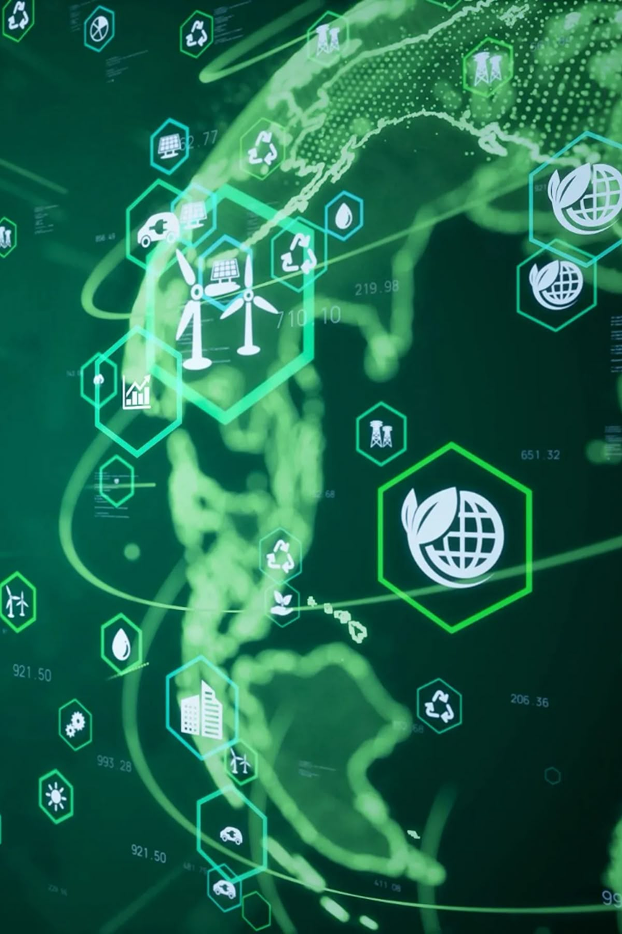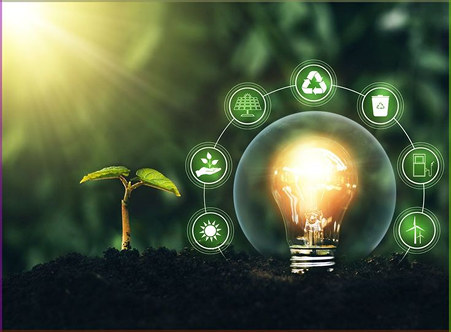
Water & Sanitation Solutions is a set of approaches, technologies, and systems designed to ensure communities have access to clean, safe drinking water and hygienic, sustainable sanitation systems. These solutions stem from the recognition that water and sanitation are fundamental human rights and fundamental to public health, social development, and environmental sustainability.
Generally, Water Solutions encompasses the provision, management, and distribution of clean water. This process begins with water sources such as rivers, lakes, or groundwater, which are then treated through filtration and disinfection technologies, and sometimes through modern systems such as reverse osmosis or ultrafiltration.Sanitation Solutions, focuses on the management of human waste, domestic wastewater, and industrial wastewater to prevent environmental pollution and health risks.
KEY COMPONENTS OF WATER & SANITATION SOLUTIONS

MAIN BENEFITS
The benefits of Water & Sanitation Solutions are profound. From a health perspective, airborne diseases such as diarrhea, cholera, and typhus can be significantly reduced. From a social perspective, access to clean water and proper sanitation improves the quality of life, especially for vulnerable groups such as children and women. Economically, the availability of reliable air and adequate sanitation supports work productivity, industrial efficiency, and attracts investment to a region.

Frequently Asked Questions
Water & Sanitation Solutions are systems and technologies designed to provide safe drinking water, efficient wastewater treatment, and proper hygiene facilities. They aim to improve public health, protect the environment, and ensure sustainable water use.
They are vital for preventing waterborne diseases, supporting community health, and achieving the United Nations’ Sustainable Development Goals (SDGs). These solutions also help conserve water resources and reduce pollution in rivers, lakes, and oceans.
They can be applied in households, schools, hospitals, businesses, and communities. On a larger scale, they include urban water supply systems, wastewater treatment plants, and sanitation infrastructure in rural and developing areas.